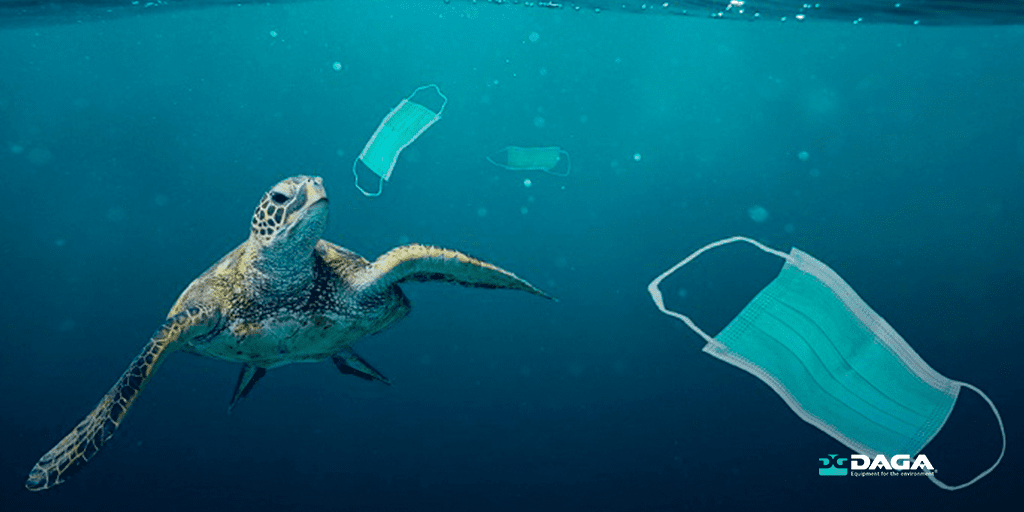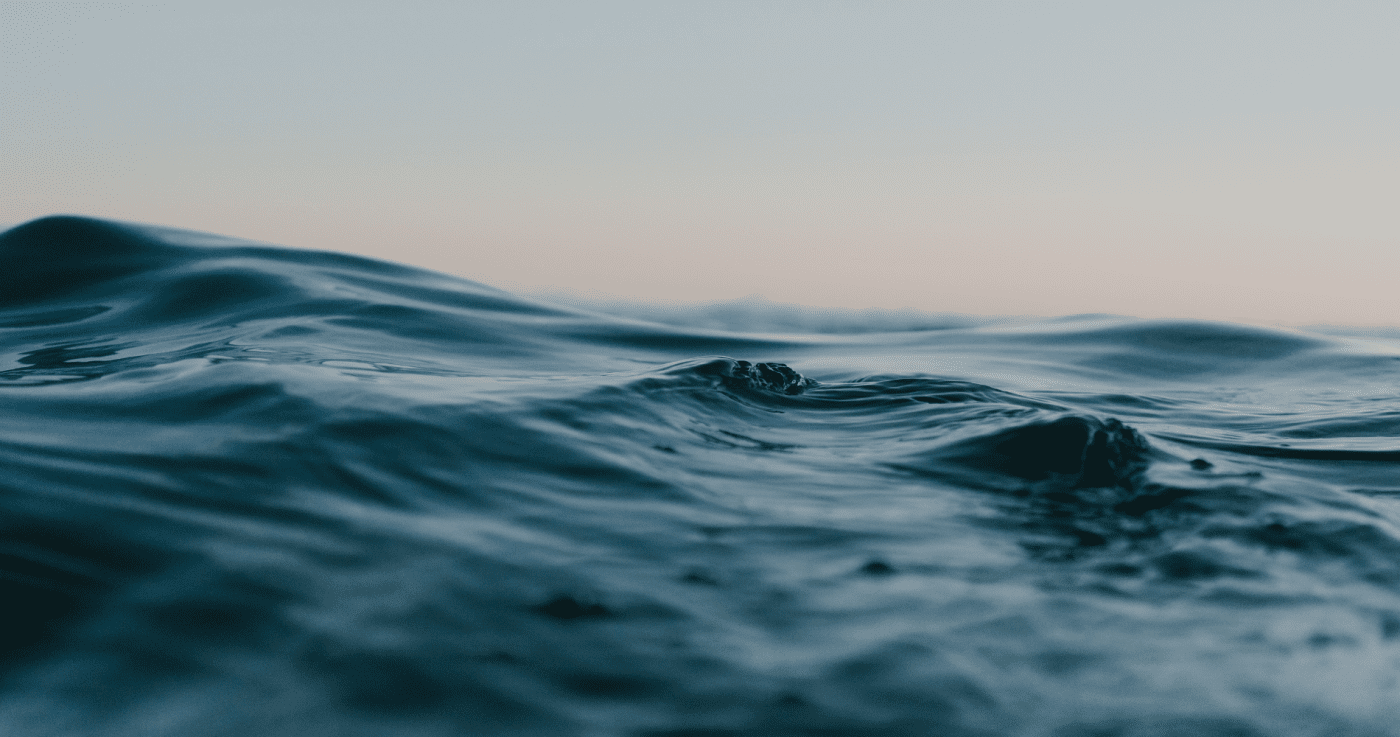
Hidden by the current pandemic context, the deterioration of the oceans has increased significantly in recent years due to the impact of human activities: the indiscriminate use of natural resources, the increase in plastic waste, illegal fishing, unsustainable aquaculture practices, habitat destruction of exotic species and greenhouse gas emissions that have contributed to the advance of climate change and ocean acidification, threatening to alter and empty the oceans.
In previous posts of our blog, we talked about the importance of minimizing environmental impact through the recovery of industrial wastewater and what will be the trends of this year 2021 in the water sector. That is why today we present another of the challenges in which DAGA, through its water cycle solutions, aims to raise awareness in our society.
In previous posts of our blog, we talked about the importance of minimizing environmental impact through the recovery of industrial wastewater and what will be the trends of this year 2021 in the water sector. That is why today we present another of the challenges in which DAGA, through its water cycle solutions, aims to raise awareness in our society.
Ocean currents and climate
It is very timely, therefore, to emphasize that the oceans are not only the essential and central element of life on our planet, but are also the great regulators of climate change. One of the keys to this change lies in the deep global circulation, also known as the global conveyor belt, a large current that reaches abyssal regions of all the planet's oceans.
This planetary current originates in surface waters at high latitudes in the North Atlantic and around the Antarctic continent, wherein a few weeks 1,500 trillion cubic meters of water are injected into the depths of the ocean.
This planetary current originates in surface waters at high latitudes in the North Atlantic and around the Antarctic continent, wherein a few weeks 1,500 trillion cubic meters of water are injected into the depths of the ocean.
Consequences of our activity
Among all the activities that affect the oceans and their natural life cycle, plastic pollution is one of the biggest threats. Indeed, at DAGA we are aware of this need and of the importance of more efficient infrastructure management models.
The effects on the environment are long-lasting and affect the health of marine ecosystems. Many species consume this plastic waste or suffer from the encrustation of some of these elements found in the water. An example to represent the severity of this situation is the Pacific Ocean, with two plastic islands estimated to be between 700,000 km² and 15,000,000 km² in size, created mainly by the waste that is dumped into the sea.
The effects on the environment are long-lasting and affect the health of marine ecosystems. Many species consume this plastic waste or suffer from the encrustation of some of these elements found in the water. An example to represent the severity of this situation is the Pacific Ocean, with two plastic islands estimated to be between 700,000 km² and 15,000,000 km² in size, created mainly by the waste that is dumped into the sea.
The human impact
The footprint left by our activities as human beings affect most of the ocean, marine, and terrestrial species, as well as ourselves, daily. The oceans have been resilient so far, but they are not renewable; they have a limit, and we are in a difficult situation to reverse.
The melting of glaciers, high sea temperatures, hurricanes, cyclones ... etc. affect the stability and quality of a person and of all ecosystems, so we must take urgent decisions to mitigate all the negative effects that may occur.
The melting of glaciers, high sea temperatures, hurricanes, cyclones ... etc. affect the stability and quality of a person and of all ecosystems, so we must take urgent decisions to mitigate all the negative effects that may occur.
Waters with less oxygen and more acid
As a result of climate disruption, sewage also plays a negative role in this episode. In addition to the physical factors controlling the climate, the self-regulation of the living planet is continuously evolving towards an optimized state.
Examples of the interaction between climate and life are the control of carbon dioxide through changes in primary production and the influence of marine plankton on cloud formation.
The oceans have also incorporated about 40% of the anthropogenic carbon dioxide emitted into the atmosphere, causing significant acidification. Therefore, calcite and aragonite saturation depths have decreased, reducing the regions where calcareous organisms can grow.
Examples of the interaction between climate and life are the control of carbon dioxide through changes in primary production and the influence of marine plankton on cloud formation.
The oceans have also incorporated about 40% of the anthropogenic carbon dioxide emitted into the atmosphere, causing significant acidification. Therefore, calcite and aragonite saturation depths have decreased, reducing the regions where calcareous organisms can grow.
DAGA and its commitment to sustainability
With more than six decades of experience, DAGA leads the development of wastewater treatment plants (WWTP), irrigation water filtration and grinding equipment, and industrial effluent treatment plants.
Our product catalogue reflects the values of an industrial group committed to the environment and to the water cycle.
Find out more about the industry, on our blog.
Our product catalogue reflects the values of an industrial group committed to the environment and to the water cycle.
Find out more about the industry, on our blog.


